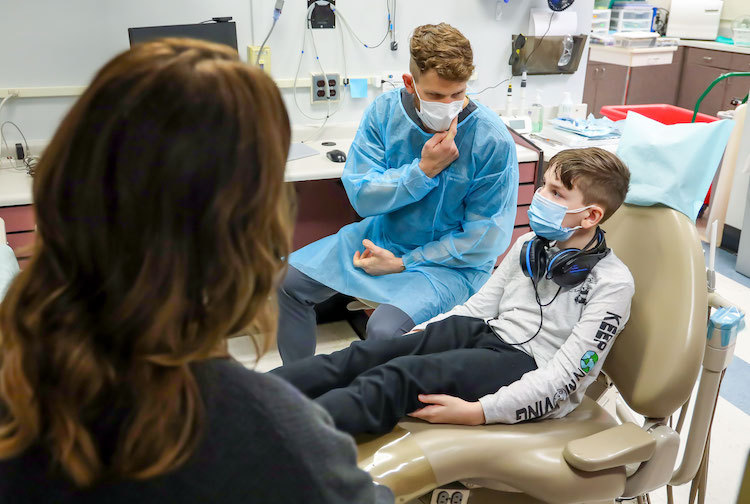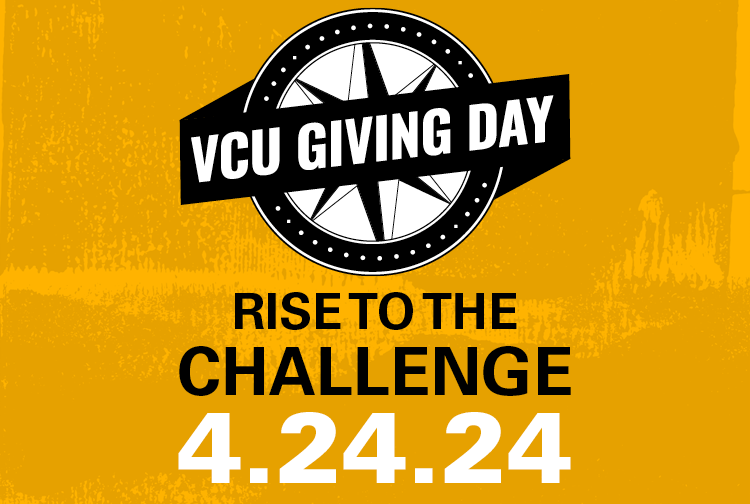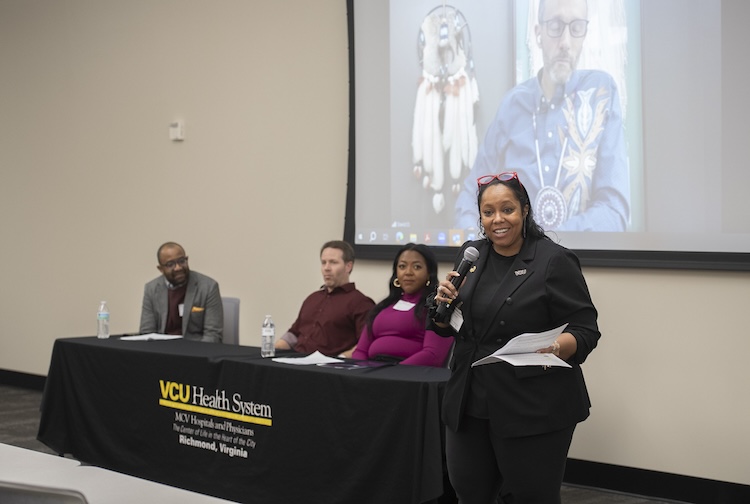
Summer Safety: Summertime increases the chance of dental injuries
VCU School of Dentistry expert shares tips on how to keep your teeth intact while enjoying your favorite outdoor activities.
July 12, 2023 Dentists at the VCU School of Dentistry typically see an increase in all types of traumatic dental injuries during the summer months. (VCU School of Dentistry)
Dentists at the VCU School of Dentistry typically see an increase in all types of traumatic dental injuries during the summer months. (VCU School of Dentistry)
By Jayla Parker
More sunshine means more time outdoors. But an increase of outdoor activities comes with a greater risk for dental injuries, according to Garry Myers, D.D.S., the program director of the Advanced Dental Education Program in Endodontics at Virginia Commonwealth University’s School of Dentistry.
“Since the days are longer and most schools are out during the summer months, there is definitely an increase in youth and adult participation in organized sports leagues as well as other summertime activities such as roller skating, bicycling, basketball, water sports and even enjoying the trampoline. All of these activities have commonly led to mild or severe dental injuries,” Myers said.
One-third of the population will experience a traumatic dental injury in their lives, according to a 2018 study. It is estimated that 25% of all school age children will experience some type of traumatic dental injury ranging from very mild injuries to significant injuries. About 33% of all adults will have experienced a serious dental injury with most of those happening before age 19.
Myers says summer is temporary, but your smile is forever. As part of VCU Health News Summer Safety Series, Myers shares how to keep your pearly whites intact while having fun in the sun.
What are the most common types of dental injuries over the summer?
During the summer months, we typically see an increase in all types of traumatic dental injuries, which are unexpected injuries to the mouth or teeth caused by something colliding with someone’s face, like a baseball. The three most common injuries are crown fractures, dental avulsions, and horizontal root fractures.
Crown fractures happen when a piece of the tooth is broken off as a result of an object or surface hitting the face. The most common symptom of crown fractures is increased cold sensitivity. This type of injury is often treated with a filling and/or crown, but for some cases root canal treatment may be necessary.
Dental avulsion injuries occur when the entire tooth is “knocked out” of the mouth. These teeth can be saved if they are managed properly by getting the tooth replanted in its tooth socket as quickly as possible.
Horizontal root fractures happen when the root of the tooth fractures below the level of the bone. It may also be associated with a tooth being displaced from its original position. An x-ray scan is used to assess this type of injury and determine treatment options, which usually involve repositioning and splinting the tooth.
How can I prevent these types of traumatic dental injuries?
Dentistry’s greatest contribution to the sports world is encouraging the use of mouthguards at all ages when playing in competitive activities. Wearing a well-fitted mouthguard can provide a lot of protection to help minimize both the frequency and impact of dental injuries.
It’s also important to be aware of your surroundings. Make sure all equipment being used is in good condition.
For children specifically, make sure they are supervised when exploring the playground or playing sports or games outdoors. It is important that you and your family's caregivers know how to handle emergency situations, so keep emergency numbers for healthcare providers, dentists and poison control close by.
What should I do if I’m injured?
In the case of any type of traumatic dental injury, make sure there are no other more serious injuries that need to be addressed first. Then try to see a dentist as soon as possible. Endodontists, pediatric dentists and general dentists are all capable of identifying the injury and providing the early treatment indicated.
If a dentist is not available, going to an emergency room can be an alternative. Follow-up appointments should still be made with your dentist if you’re evaluated and treated in a hospital.
For more significant injuries of the head and neck or for suspected fractures of the jaw, an oral surgeon should be seen.
Regardless of the injury, you should follow up with your dental care provider. Many traumatic dental injuries can have some long-term effects well after the injury initially heals. Remember, prevention is key and seeing your local dentist as soon after a traumatic dental injury occurs is very important. Happy smiles make for an enjoyable summer.



